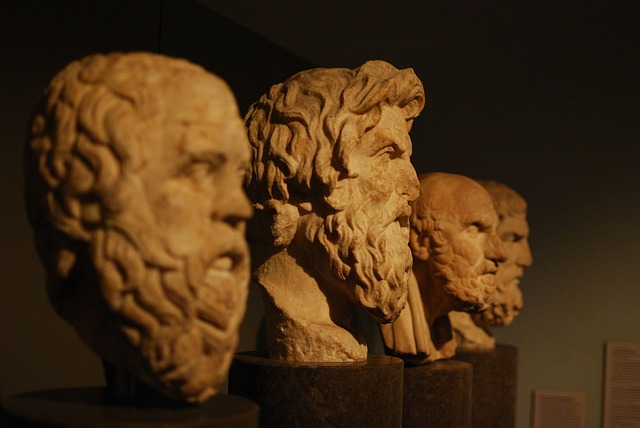The classification of the constitutions is not a modern idea. There are different bases on which the constitutions are classified. Aristotle for the first time adopted a scientific method to classify the constitution. His classification is based on the study of 158 constitutions of the ancient world. He has classified the constitution on the basis of the location of sovereign power and end or purpose towards which the power was directed.
States which seed the good life of all are true or normal states. Those which deviate from that end are perverted states. His classification is illustrated by the following table.
| Aristotle’s Classification of constitutions | ||
|---|---|---|
| Rule / Form of Constitution | Pure Form Seeking the common welfare | Perverted form common welfare ignored |
| Rule by one | Monarchy | Tyranny |
| Rule by few | Aristocracy | Oligarchy |
| Rule by many | Polity | Democracy |
From the table, one can understand Aristotle’s classification of the constitution was mainly based on the location of sovereign power and end of the state.
Monarchy is the government by one in the interest of common welfare. When it degenerates into a selfish rule of monarch it becomes a tyranny. When few people rule for common good it is aristocracy.
But when they rule in their self-interest, ignoring the common good, aristocracy is perverted into an oligarchy. Policy is the government by many when it is just and works for the welfare of all. But when they rule for their own class interest, it becomes democracy or ochlocracy.
Aristotle also referred to the cycle according to which the government changes. When monarchy became perverted, it degenerated into tyranny, which was replaced by aristocracy.
Aristocracy also degenerated into oligarchy, which was replaced by polity degenerated into democracy, which was set aside by monarchy. In this way, the government continued.
Criticism
Though the classification given by Aristotle is more realistic and scientific, it does not provide a clear picture. Critics point out that Aristotle’s classification is not sound because it does not rest upon any scientific principle by which government can be distinguished from one another.
It is arithmetical rather than organic, quantitative rather than qualitative in character. Aristotle gave a wrong meaning to the term democracy.
Sir John Seely criticized it on the ground that it was not applicable to the modern governments. He pointed out that Aristotle knew only city-states and they were not like the “country-states” of modern times.
In Aristotle’s classifications, there is no place for limited monarchy, a presidential form of government, a parliamentary form of government, a unitary government and the federal government. There is no guarantee that governments change in the order indicated by Aristotle.
Modern Constitution
After Aristotle, several other political thinkers have tried to classify the constitution. Among them, the most scientific and acceptable to modern states is that of Leacock.
Modern constitutions are classified in the following manner
- Evolved and enacted constitutions.
- Written and unwritten constitutions.
- Rigid and flexible constitutions.
We will discuss these three constitutions in my upcoming posts. Subscribe and Share my posts with your friends.




